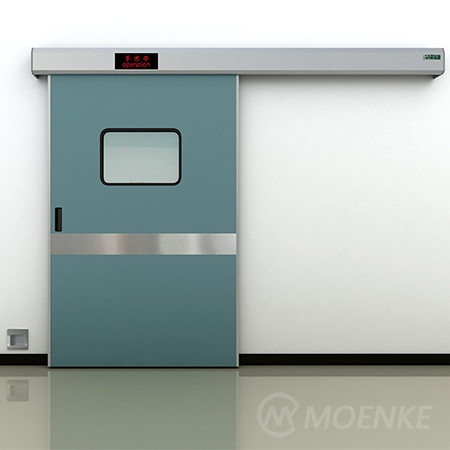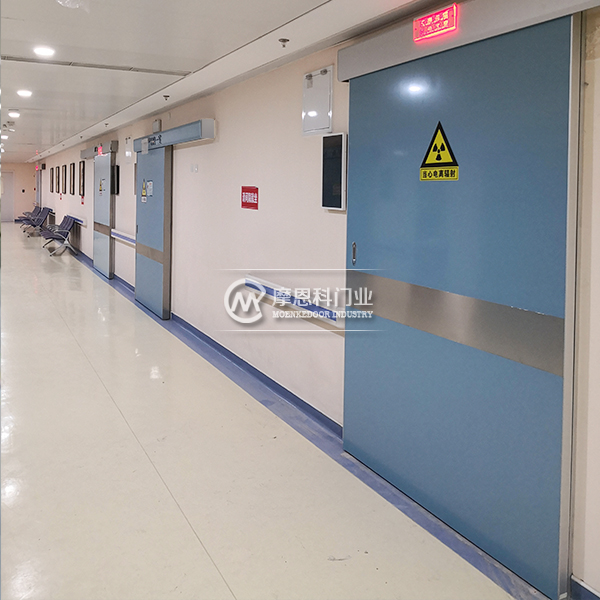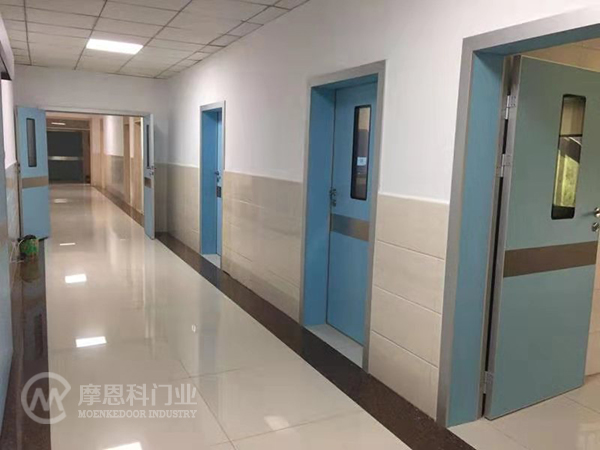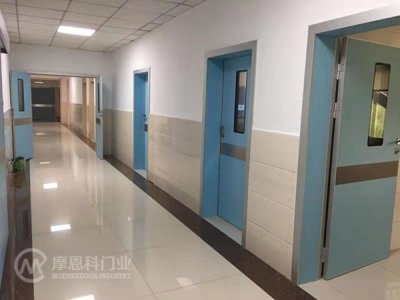Medical doors, as an important part of the medical equipment industry, play a crucial role in modern healthcare. It is not only a threshold for medical institutions, but also a guardian of the safety of medical staff and patients. Firstly, medical doors play an important role in the construction of medical institutions. As the entrance to hospitals or clinics, medical doors represent professionalism and safety. Its design should take into account the special characteristics of the medical environment, such as dust, bacteria, fire and other requirements. The selection of materials also needs to comply with relevant regulations and standards to ensure the durability of the door. At the same time, medical doors also need to consider factors such as personnel flow, emergency evacuation, and ease of cleaning, in order to provide convenience and security.
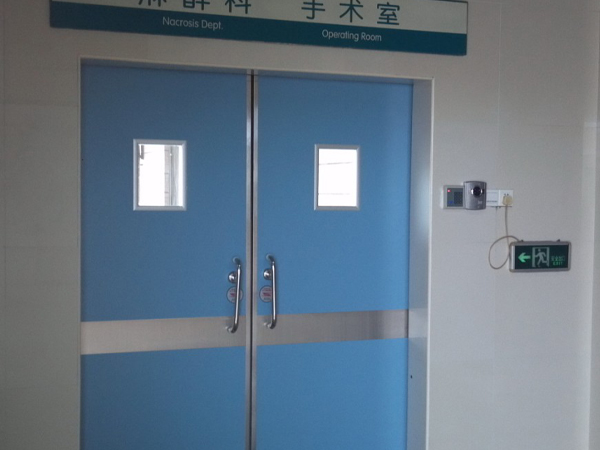
Secondly, medical doors play a protective role in the work of medical staff. Medical staff need to frequently enter and exit various wards and operating rooms. The design of medical doors should comply with ergonomics, making it convenient for medical staff to carry tools in and out, while ensuring the convenience and safety of operations. For example, the opening method of the door, damping design, and anti pinch mechanism all need to be carefully considered to reduce the risk of accidental injury.
Medical doors also have a significant impact on the safety and privacy of patients. Hospitals are places full of tension and privacy, and patients are particularly sensitive to their personal privacy needs. Medical doors should be designed with transparent glass or sound insulation to ensure patient privacy, safety, and comfort. In addition, medical doors also need to consider the convenience of patients, such as the width of wheelchair access and the opening method of the door, to meet the needs of different patient groups.
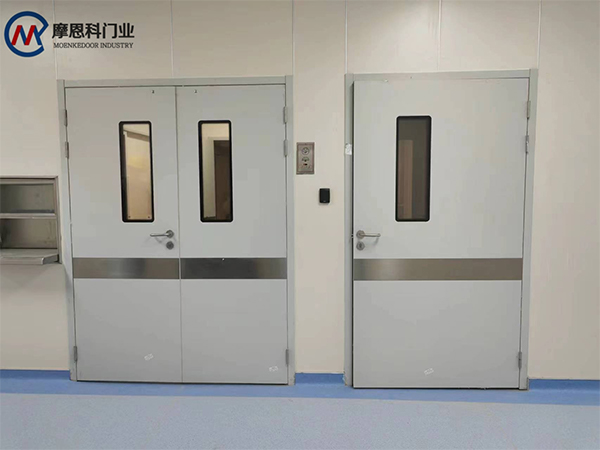
In summary, as an indispensable part of the medical equipment industry, the design and functional requirements of medical doors are crucial. It not only provides a professional and safe threshold for medical institutions, but also provides convenience and protection for medical staff and patients. With the continuous development and progress of the medical industry, medical professionals will continue to strive for innovation and improvement to meet the constantly increasing demands and make greater contributions to the improvement of medical service quality.





